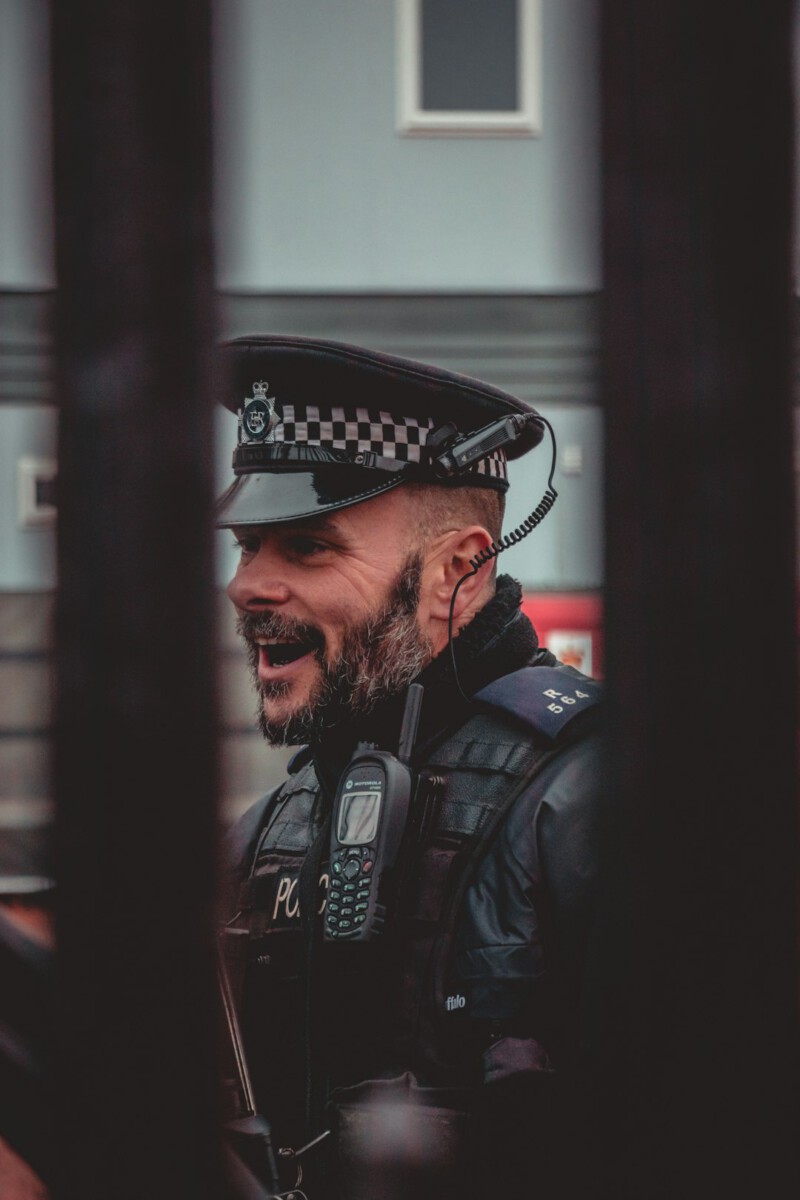A Flawed First Response (Image Credits: Unsplash)
Los Angeles – Under the glow of city lights during a tense nighttime response, mental health specialists arrive ready to help, yet they often watch from the sidelines as armed officers move in first.
A Flawed First Response
Imagine showing up to soothe a person in distress, only to hand the reins to someone carrying a gun. That’s the reality for LAPD’s mental health clinicians right now. A fresh report from the city controller’s office spotlights this exact problem, calling out how the department’s key crisis program falls short.
The Mental Evaluation Unit, meant to bridge policing and therapy, ends up prioritizing patrol cars over professional calm. Clinicians, skilled in talking things down, get pushed aside in critical moments. This setup raises real doubts about whether lives are truly safer.
Breaking Down the Program’s Design
Launched years ago to handle mental health emergencies better, the LAPD’s initiative pairs officers with trained specialists. The goal? Reduce force and connect people to care instead of cuffs. Yet, policies demand an armed officer leads every time, no exceptions for non-violent scenes.
This rigid approach stems from outdated rules that treat every call as a potential threat. Specialists end up in support roles, handcuffing protocols included, which clashes with their de-escalation focus. It’s like sending a negotiator to a standoff but making a SWAT team call the shots.
Recent audits show the unit responds to thousands of calls yearly, but without clear guidelines, outcomes suffer. Officers lack specialized mental health training, leaving gaps that erode trust in the whole system.
What Experts Say About the Risks
Frontline workers have long whispered about these issues, but the controller’s report amplifies their concerns. Clinicians feel handcuffed – literally and figuratively – by rules that force deference to armed backup. In high-stakes moments, this can escalate situations meant to be resolved peacefully.
One key finding highlights vague use-of-force policies within the unit itself. Without tailored training, even the specialists struggle to navigate crises effectively. The result? Missed chances to divert people from jails to actual help, perpetuating a cycle of mistrust in communities hit hardest by mental health struggles.
Key Shortcomings Exposed
The report doesn’t hold back on specifics. For starters, the program requires patrol units to arrive first on mental health scenes, even when no weapons are involved. This “police-first” model undermines the clinicians’ expertise from the jump.
Another issue: no dedicated policy for handling mental crises, leaving teams to improvise under pressure. Handcuffing remains mandatory, and armed officers are standard, which can intimidate those already vulnerable. These elements add up to a program that’s more reactive than restorative.
Comparing to Other Cities’ Approaches
While Los Angeles grapples with this, other places offer clues to improvement. Programs in Eugene, Oregon, or Denver send unarmed teams to low-risk calls, cutting down on force dramatically. LAPD could learn from them, but inertia keeps change at bay.
Here’s a quick look at how they stack up:
| City | Lead Responder | Armed? | Key Outcome |
|---|---|---|---|
| Los Angeles (LAPD MEU) | Armed Officer | Yes | High deference to police; mixed results |
| Eugene, OR (CAHOOTS) | Mental Health Specialist | No | 20% fewer hospitalizations |
| Denver, CO (STAR) | Clinician Paramedic | No | Reduced police involvement by 34% |
Such models prove that prioritizing empathy over enforcement works, often saving lives and money.
Steps Toward Real Change
The controller’s office lays out clear fixes: let specialist teams lead on safe calls, scrap mandatory handcuffs, and roll out targeted training. Mayor Bass’s administration is already eyeing these tweaks after the audit. Implementing them could transform how the city handles its 30,000-plus annual mental health dispatches.
Community advocates push for even bolder moves, like expanding unarmed options citywide. Though progress feels slow, this report marks a turning point. With public pressure mounting, LAPD might finally shift from force to support.
In the end, effective crisis response boils down to trust – who shows up first sets the tone for healing or harm. As Los Angeles weighs these revelations, the hope is for a system where clinicians truly lead, sparing more families unnecessary trauma. What changes would you push for in your city? Share your thoughts below.
Key Takeaways
- LAPD’s current policy forces armed officers to lead mental health responses, sidelining trained clinicians.
- Lack of specialized training and clear guidelines hampers de-escalation efforts.
- Shifting to clinician-led teams on low-risk calls could reduce force and improve outcomes, as seen in other cities.




